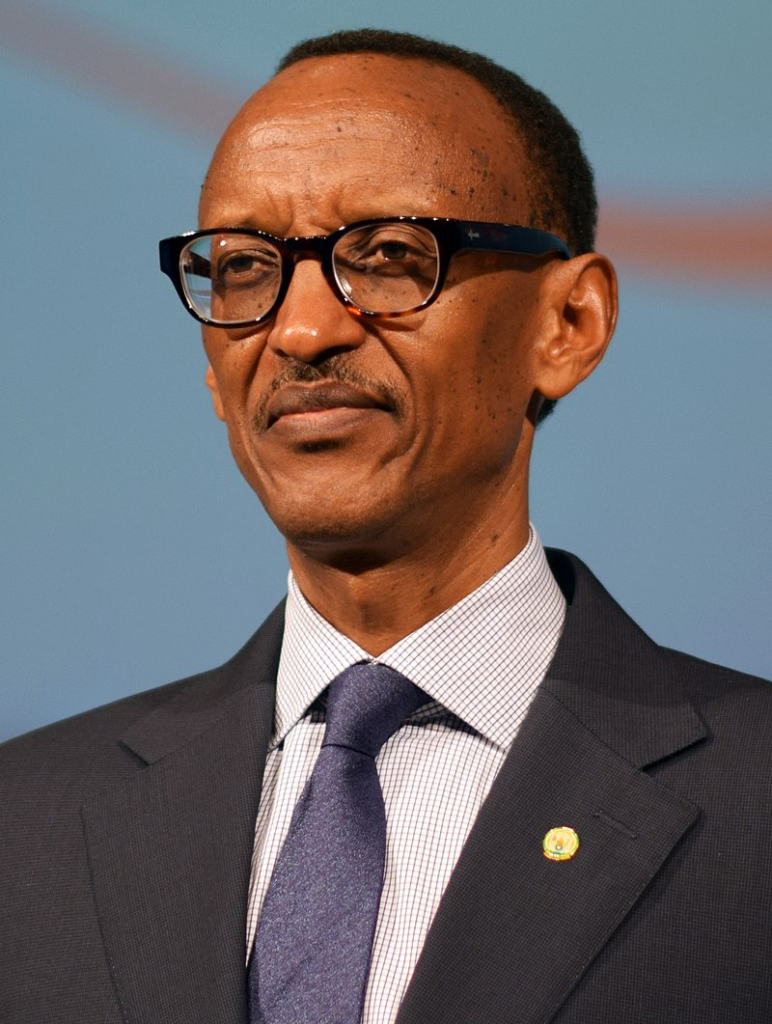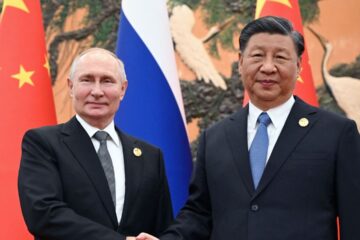RWANDA and BURUNDI: genocide between Hutu and Tutsi
I. Colonialism accentuated ethnic differences

Until 1918, Rwanda-Urundi (currently two countries: Rwanda and Burundi) was a German colony. After World War I, it fell under Belgian control. The latter deliberately accentuated the differences that existed between the two main ethnic groups: the Hutu and the Tutsi.
- Tutsi (minority): cattle breeders and higher social status
- Hutu (majority): agriculturists and lower social status. When a Hutu managed to acquire some cattle, he was considered as a Tutsi.
In fact, Belgium decided to use Tutsi (minority) as local representatives of their authority. In exchange, the best of them got access to schools, which was unthinkable for Hutu.
Tutsi progressively constituted the core of the Belgian colonial system in Rwanda-Urundi. Moreover, colonisers considered them as “Black Europeans” which gave them a sense of superiority over Hutu. Therefore, the latter developed resentment and harboured a desire for revenge.
In the wake of World War II, while anti-colonialist ideas were spreading across the globe, the Tutsi who got an education started contesting Belgian control over their territory. On the contrary, Hutu remained rather loyal to their colonisers.
II. Interethnic massacres ensued from independence
Rwanda and Burundi obtained their independence in 1960-1962. Nevertheless, many interethnic massacres interspersed the transition as each group tried to get the upper hand over the others.
In Burundi, massacres occurred in 1965, 1969, 1972, 1988, 1991 and 1993. Tensions between ethnic groups were such that in 1993 the first Hutu Burundian President democratically elected got assassinated.
In Rwanda, right after the declaration of independence, Tutsi had to flee to Uganda to escape massacres. They tried to come back in 1963 to seize power but failed to do so. They tried again in 1990 under the name of the Rwandan Patriotic Front (RPF) but French, Belgian and Congolese forces positioned in Rwanda eventually stopped them. The Arusha Accords ensued in 1993 and seemed to settle the question of the cohabitation between Hutu (85%) and Tutsi (15%).


III. The Rwandan genocide
However, on April 6, 1994, the plane in which both the Rwandan and the Burundian Presidents travelled was shot down. This incident sparked what is now known as the Rwandan genocide. It took place between April and July 1994.
At first, Hutu killed 800,000 Tutsi and “moderate Hutu” in Rwanda. Subsequently, Tutsi killed 250,000 Hutu. What is particularly striking with this genocide is that Hutu and Tutsi often lived in the same neighbourhoods and sometimes were part of the same families. Therefore, it was common to see neighbours and family members denouncing and killing each others.
Paul Kagamé (Tutsi) led the army of the RPF during this civil war and eventually put an end to it. Nonetheless, he kept pursuing Hutu in the Democratic Republic of Congo where some of them fled. This operation eventually critically destabilised the DRC for decades.

Right after the end of the civil war, Paul Kagamé became vice-president and minister of defence until 2000 when he was elected President. Since then, he has clung on power and severely repressed any contestation. For instance, in 2017 he got re-elected with 99% of the votes…

However, we should note that Paul Kagamé fiercely fought corruption within his governments and he boosted Rwanda’s economy such that it experienced a yearly GDP growth rate of 7% between 2008 and 2017.
It is worth mentioning that, between 1993 and 2005, Burundi also underwent a civil war between Hutu and Tutsi. This event is way less known than the Rwandan genocide but is also highly emblematic of how exacerbated ethnic differences can culminate in a genocidal situation.
In Burundi in 2005, Pierre Nkurunziza, ex-leader of a Hutu rebel group, became President. He got re-elected in 2010 and 2015, which was contrary to the Constitution. In 2020, heavily criticised, he forewent running for President a 4th time. Nevertheless, a candidate who came from the same political party and whom Pierre Nkurunziza endorsed won the election.



5 Comments
Al-Qaeda and Daesh in Africa – geopol-trotters · 6 July 2023 at 7:55 am
[…] can observe a regionalisation of the jihadist threat as semi-autonomous factions emerge in Uganda, Rwanda, Burundi and […]
Limits of the power vacuum logic in Africa – geopol-trotters · 13 May 2023 at 8:30 pm
[…] approach. It is especially the case in Central and Eastern Africa in countries like Uganda, Rwanda, the DRC and […]
From Clinton to Biden: a look back on 30 years of US leadership – geopol-trotters · 15 April 2023 at 5:31 am
[…] where its strategic interests are at stakes. That’s why Bill Clinton didn’t send troops in Rwanda in 1994 and was reluctant to intervene in the various Balkan wars in the 1990s. Besides, Bill […]
UGANDA: the “Pearl of Africa” - geopol-trotters · 15 January 2023 at 6:08 pm
[…] President Yoweri Museveni supported Paul Kagamé in Rwanda when the latter seized power and then took part in the 1994 genocide. […]
THE DEMOCRATIC REPUBLIC OF CONGO: the resource curse - geopol-trotters · 29 December 2022 at 5:41 pm
[…] the Rwandan genocide (1994), hundreds of thousands of Hutu, including genocidists, found refuge in the DRC. Therefore, the […]